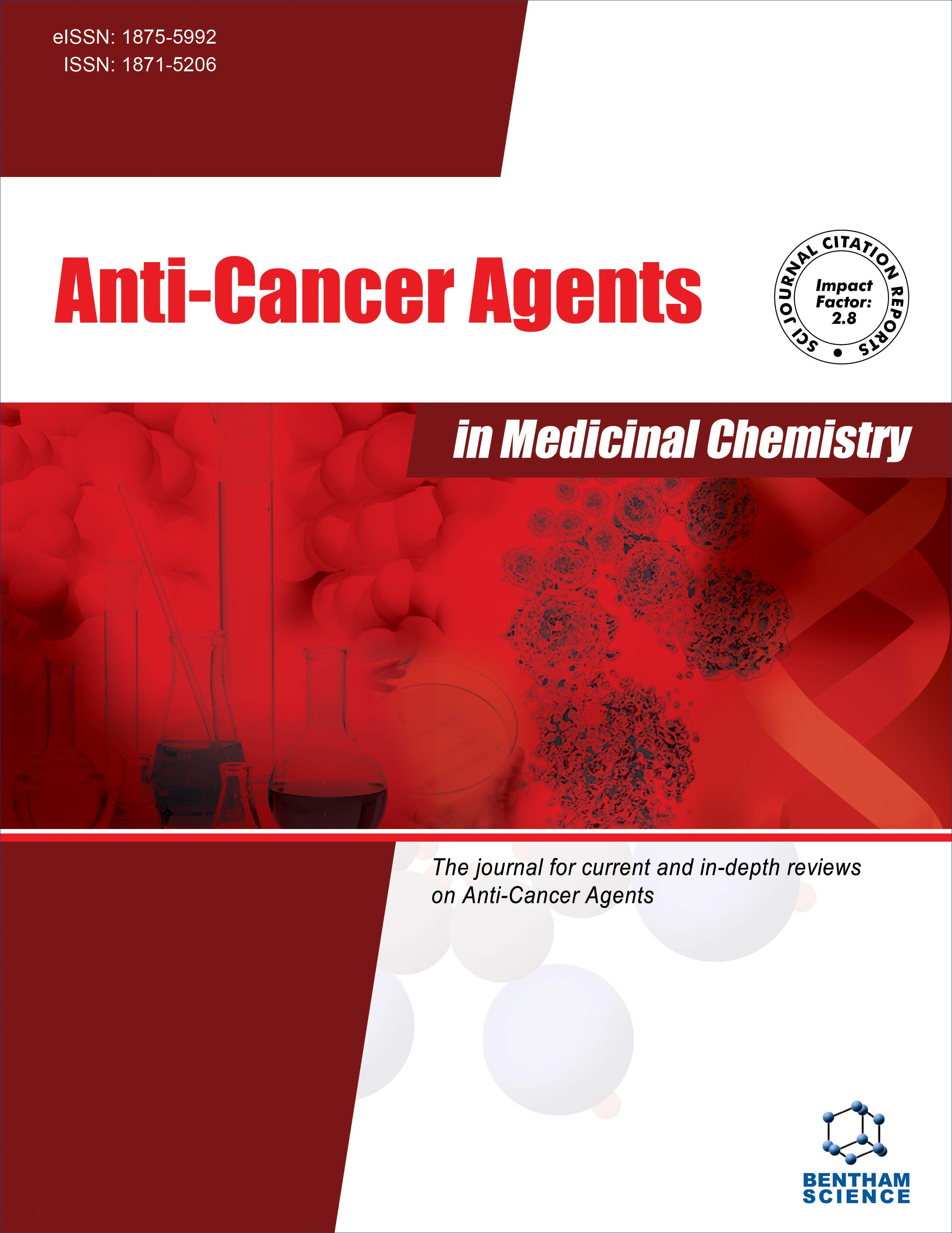
Full text loading...
Colorectal cancer (CRC) is a malignant gastrointestinal tract disorder with high occurrence and mortality index and showing an upsurge. Standard therapies for treating CRC are surgery and chemotherapy. Despite great effort in developing effective treatments, the progress is limited due to its relapse and recurrence. Prognosis of metastatic CRC is always complicated. This condition can be evaded by a novel approach i.e., targeted therapy which increases the survival rate in CRC patients by blocking important pathways and acting on immune checkpoints. Drugs with N-acyl hydrazones (NAH) are currently being employed treatment of infectious diseases and disorders. NAH in combination with diverse heterocycles, natural product isolates are identified as interesting CRC inhibitors under-explored. This review provides an overview of the existing CRC targeted compounds having acyl hydrazones, hydrazine, hydrazides moieties, and their underlying mechanisms towards different CRC cell lines, together with a discussion of their limitations and future trends.

Article metrics loading...

Full text loading...
References


Data & Media loading...

